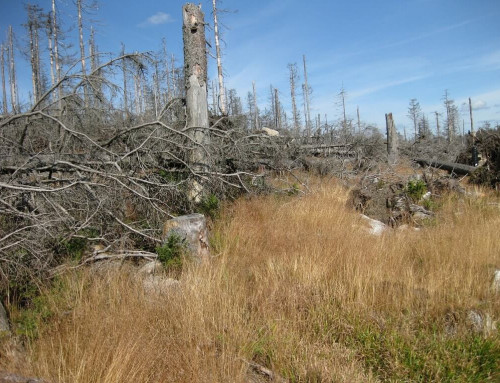
The city of Gweru. Image credit vevesworld.com
ZIMSEC O Level Geography Notes: Settlements: The city of Gweru
- Gweru is an administrative capital of the Midlands region.
- It has a male population of 776 787 and a female population of 838 154 which results in a total population of 1 614 941 according to the 2012 census.
- The town was granted municipality in 1914.
- It became a city in 1971.
- It is a route centre situated on the main Harare-Bulawayo road and railway route.
- It is also a nodal centre with railway branches to Shurugwi, Masvingo and the low-veld.
- Henceforth, Gweru was established as a coach station in the 1890.
- Near Gweru, there is Dabuka marshalling yards, which handle most of the country’s international traffic.
- Gweru lies in a rich mining region with chromiumin Shurugwi, gold at Connemara, asbestos at Zvishavane, iron ore at Redcliffe just to name a few.
- Gweru’s industrial centre include industris that specialize in footwear manufacturing, glass manufacture, batteries, yeast and food processing, ferro-chrome processing, dairy processing, steel founding, engineering, upholstery, printing and publishing.
- The Airforce of Zimbabwe is located in Gweru at Thornhill airbase.
- The Military Academy and country’s military museum are also found there
Structure of Gweru

A map of Gweru
- Much of its structure is inherited from its colonial past although its similar to that of Harare and Bulawayo.
The main commercial zone is the central business district (CBD). - The main industrial zone is located to the west, close to the railway station.
- To the west and north-west side of the industrial zone are the high density residential areas.
- An exception is Senga which is the only high density residential area located far from the industrial zone.
- Low density residential areas are mainly found to the south, east and north-east.
To access more topics go to the O Level Geography Notes page



